George Nelson Preston: George Nelson Preston
January 13th - February 26th, 2022-
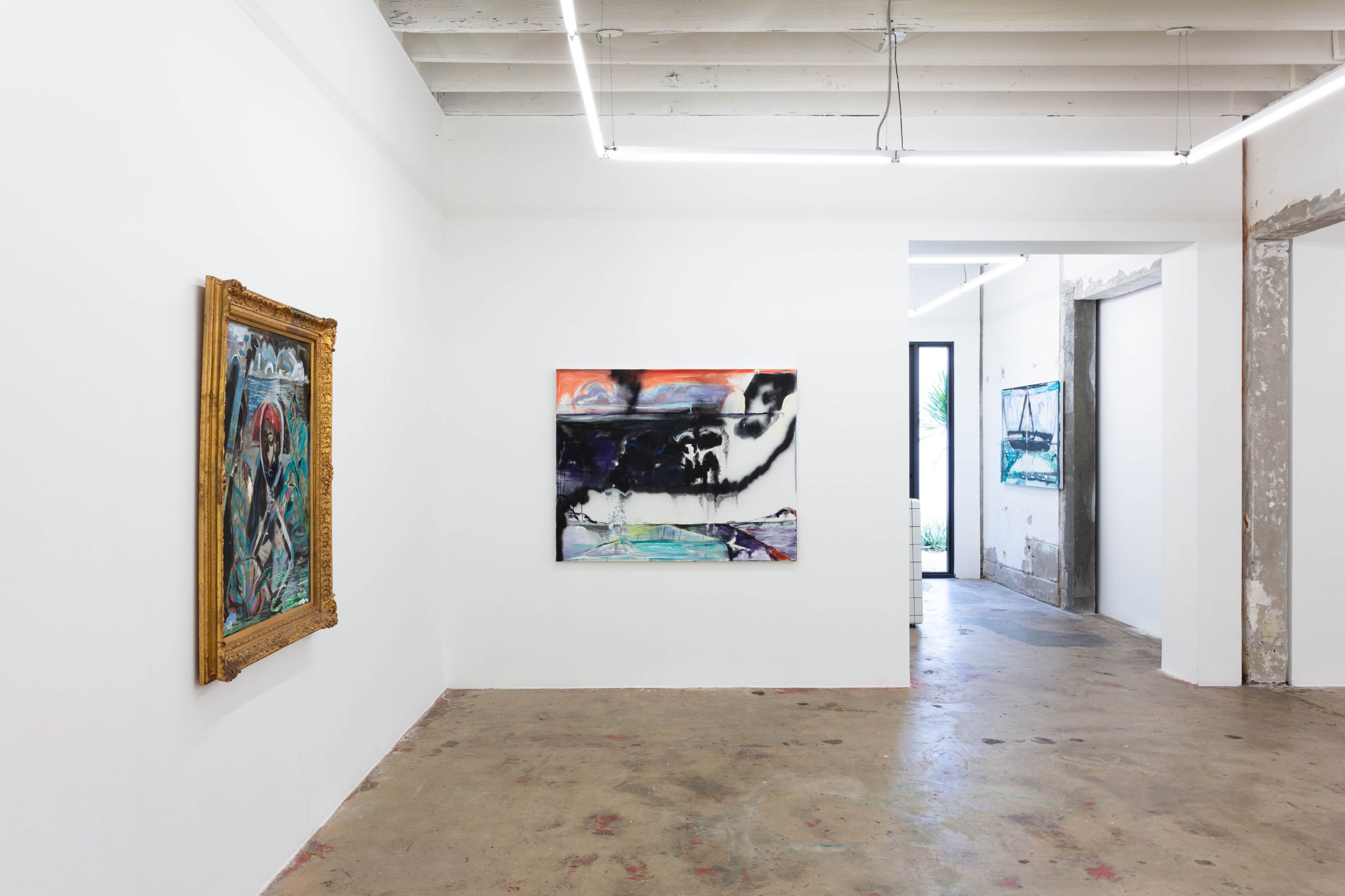
George Nelson Preston, installation view
Dear George,
Nearly eight years later, my memory of this day is as crisp and fond as ever.
I lived in Downtown Brooklyn at the time, in a loft up on Gold Street. I still remember playing the local television news as I paced and puttered about, getting ready for the workday. In this season of my life, the realm of black aesthetic history and theory (at least their formal study) was a freshly encountered discipline–one in which I had already begun to lose myself, spending whole evenings devouring whichever books or internet reservoirs I could lay my hands. Neither luck nor fate, in that moment I believe I somehow conjured you. The news segment abruptly switched to an interview on your extraordinary collection of Modern, Contemporary, and Classical African Art. I found your phone number online and gave you a call, anxiously explaining my profound interest.
-
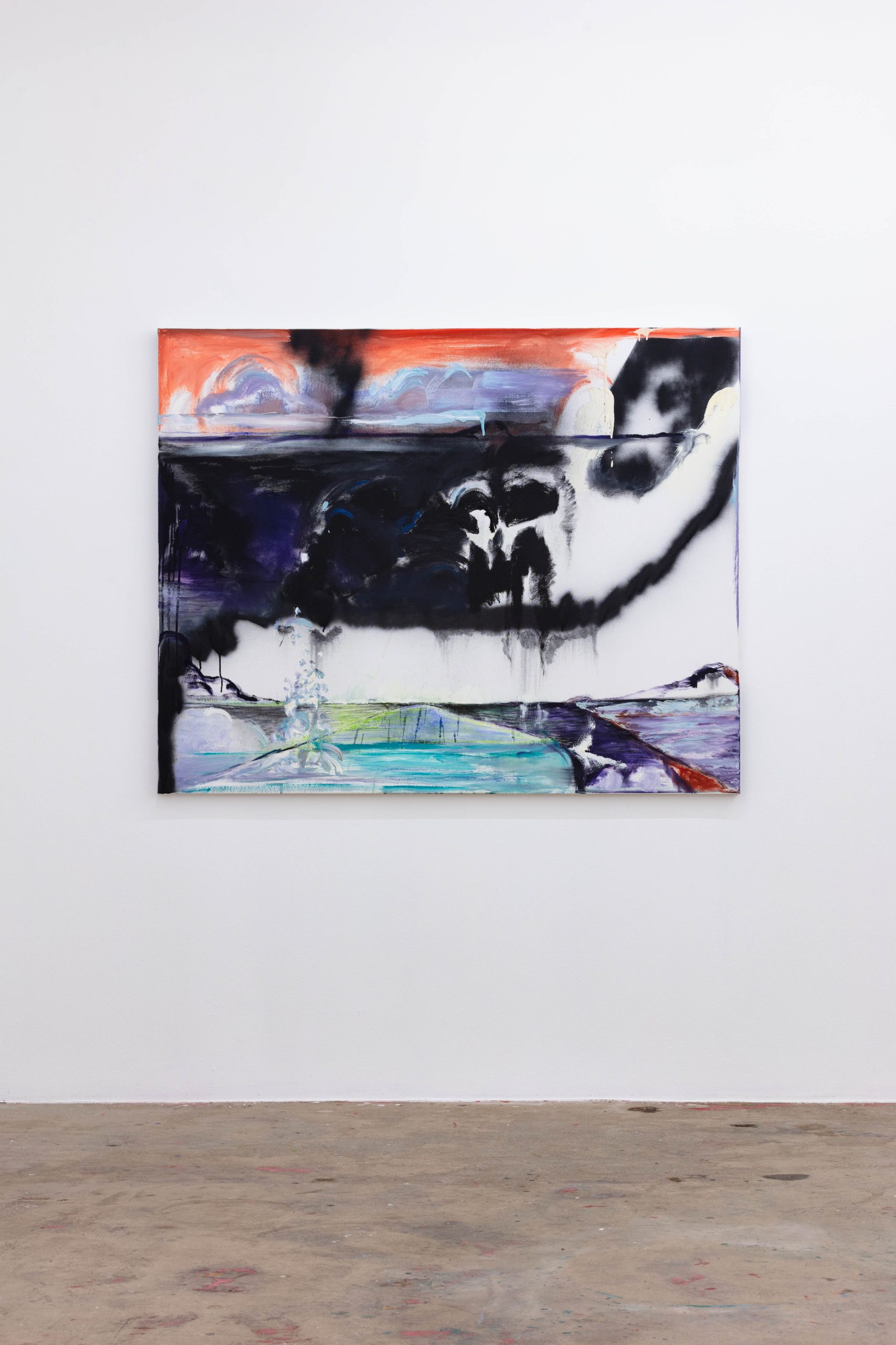
George Nelson Preston, Historic Sea Lanes Of The Slave Trade: Somewhere Between Kisama and Quissamà/ Algures Entre Kisama e Quissamà, IX/2017, Oil on canvas, 48 x 60 in.
-
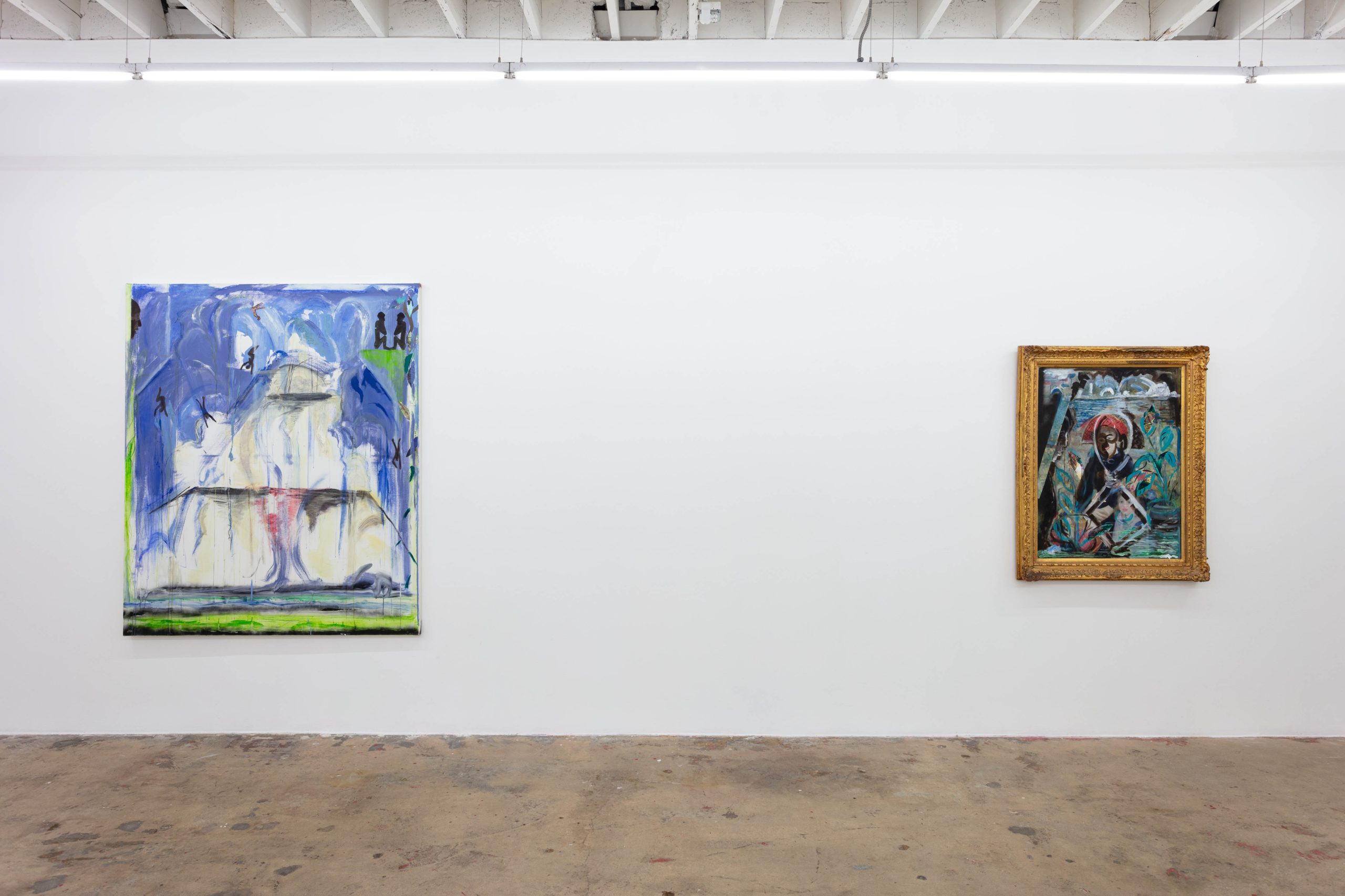
George Nelson Preston, installation view
The perfume in the grand parlor of your brownstone I don’t think I’ll ever forget: wax, oil pigment, earthen textiles that had lived many lives before you, and the sacred woods that compose masks and sculpture. You welcomed me at your door on Sugar Hill the following Sunday, and we shared Taiwanese oolong tea beside a large bay window. A lady cello player sat afar from us in a trance-like state, filling the space with melodies and countermelodies. All of the sudden your German shepherds burst into the room like two frenzied spirits, joining the magic that radiated from masks and ancestral talismans and mingled with the stiff air. You sat quietly examining my resume (not talking, just listening), and looked up when I asked the names of your two friendly beasts. “Bight and Benin,” you replied, and asked me their origin. If I knew the answer you’d happily have me come and work. Without skipping a beat I recited the litany:
Bight of Benin, beware, beware the Bight of the Benin, for few come out though many go in.
-
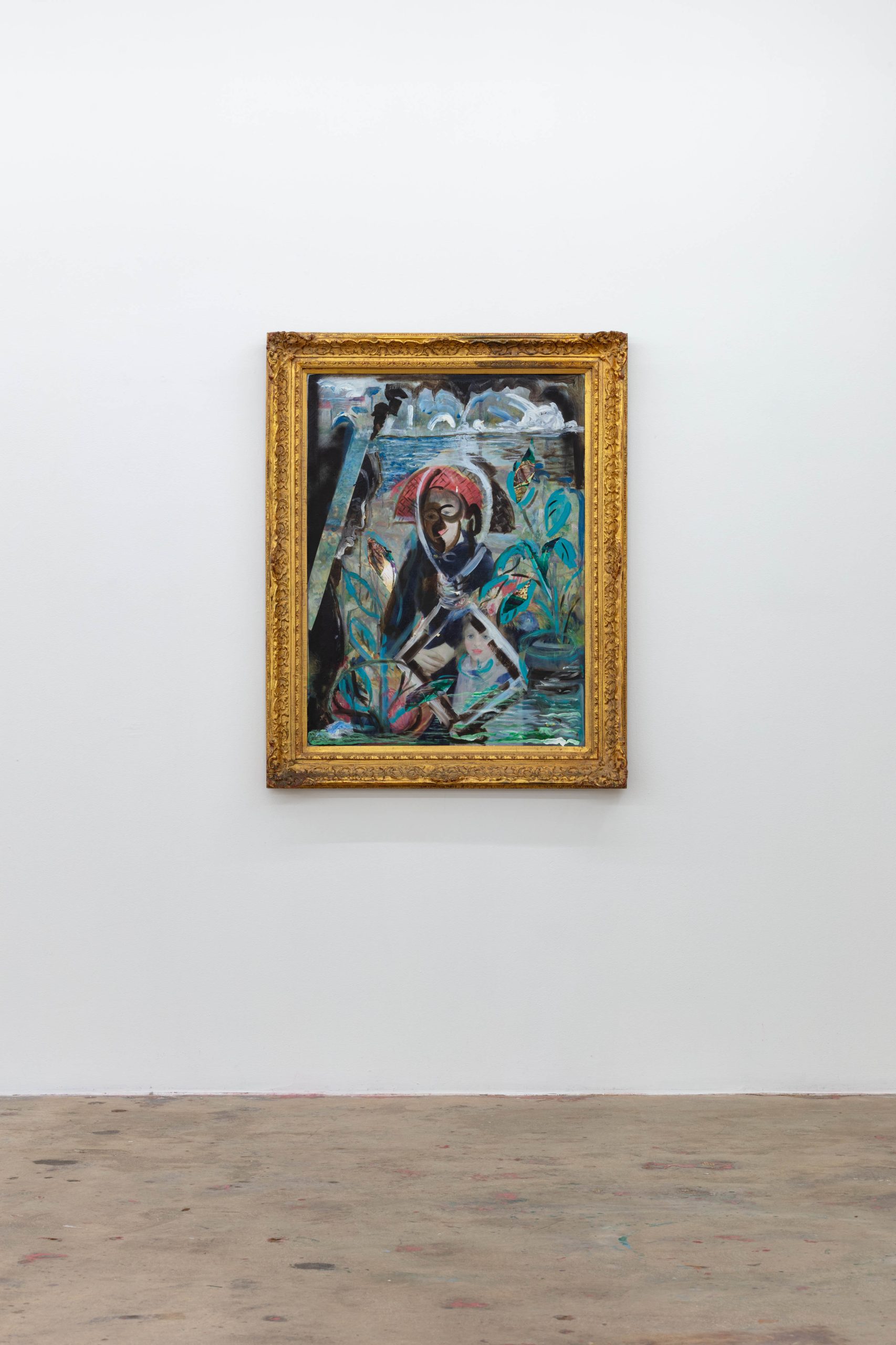
George Nelson Preston, Bonjour Monsieur Renoir, est-ce que tu aimes l'art africain?, 2017, Oil and cut paper on canvas, 47 x 37 in.
And then you answered, “beware beware, the Bight of Benin: one comes out, where fifty went in!” Despite my tragic resume, I got the job.
In fact, what had aroused the very fascination of mine was time spent living in Benin, where I had become first familiar with the lexicons of Afro-aesthetics. At the age of sixteen, glimpsing the horizon at the Port of Ouidah, I could hear our ancestors speaking and knew I had been invited in a sacred conversation. Every weekend, I begged my father to take me to the Port of Ouidah, to the ‘Door of No Return’ passageway monumentalizing the coastline’s grave history. Entering Ouidah I would pass the black mamba sanctuary on the left, then stroll down the sandy coastline whose salty air carried long and far the scent of dried fish. I felt the rapture of the current and often I would wish to remain there until dusk.
-
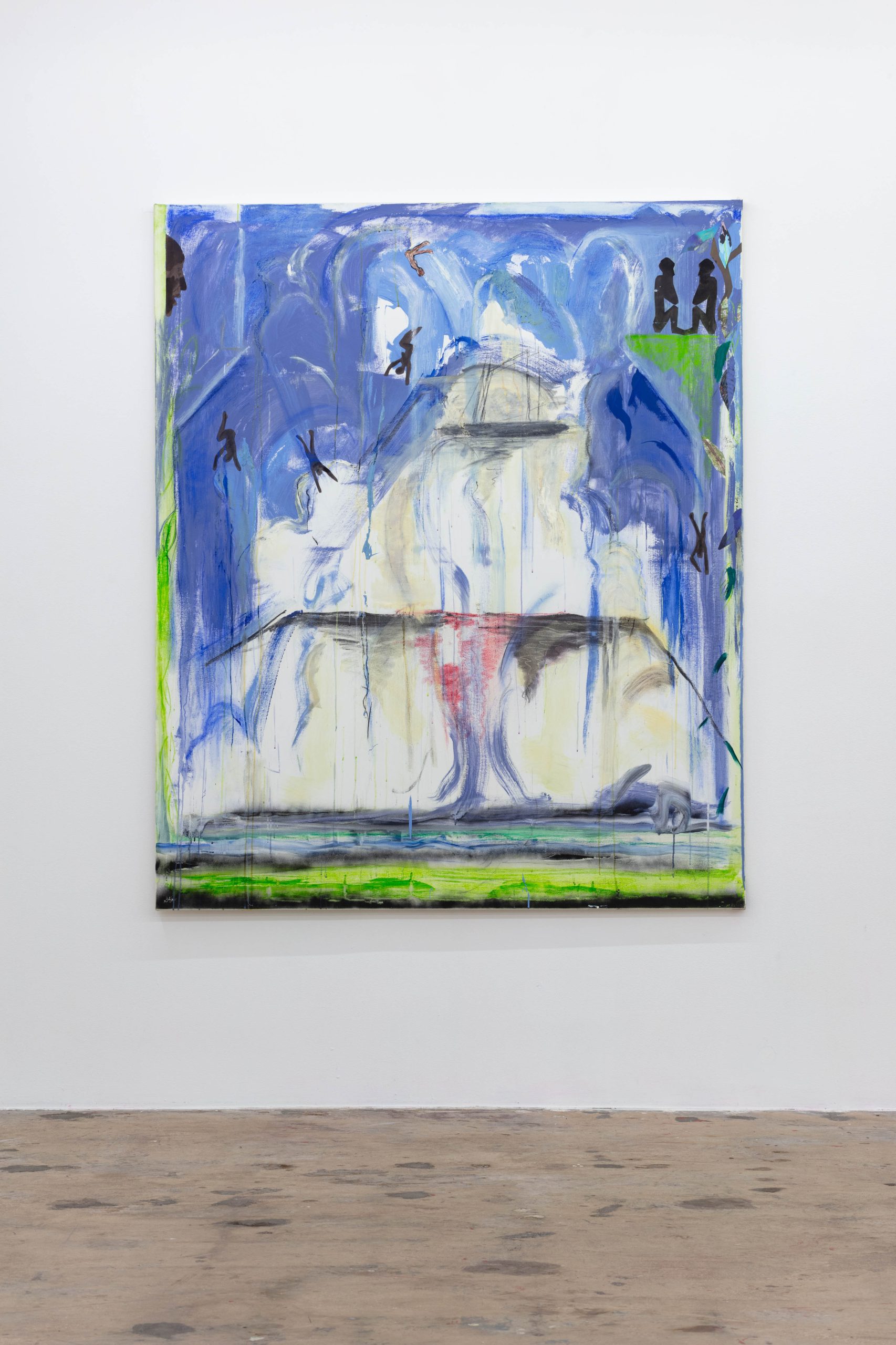
George Nelson Preston, Somewhere Between Luanda and Recife / Algures Entre Luanda e Recife, XII / 11 / 2019, Acrylic, papier coupé and chalk on canvas / Tecnica mixta, 72 x 60 in
-
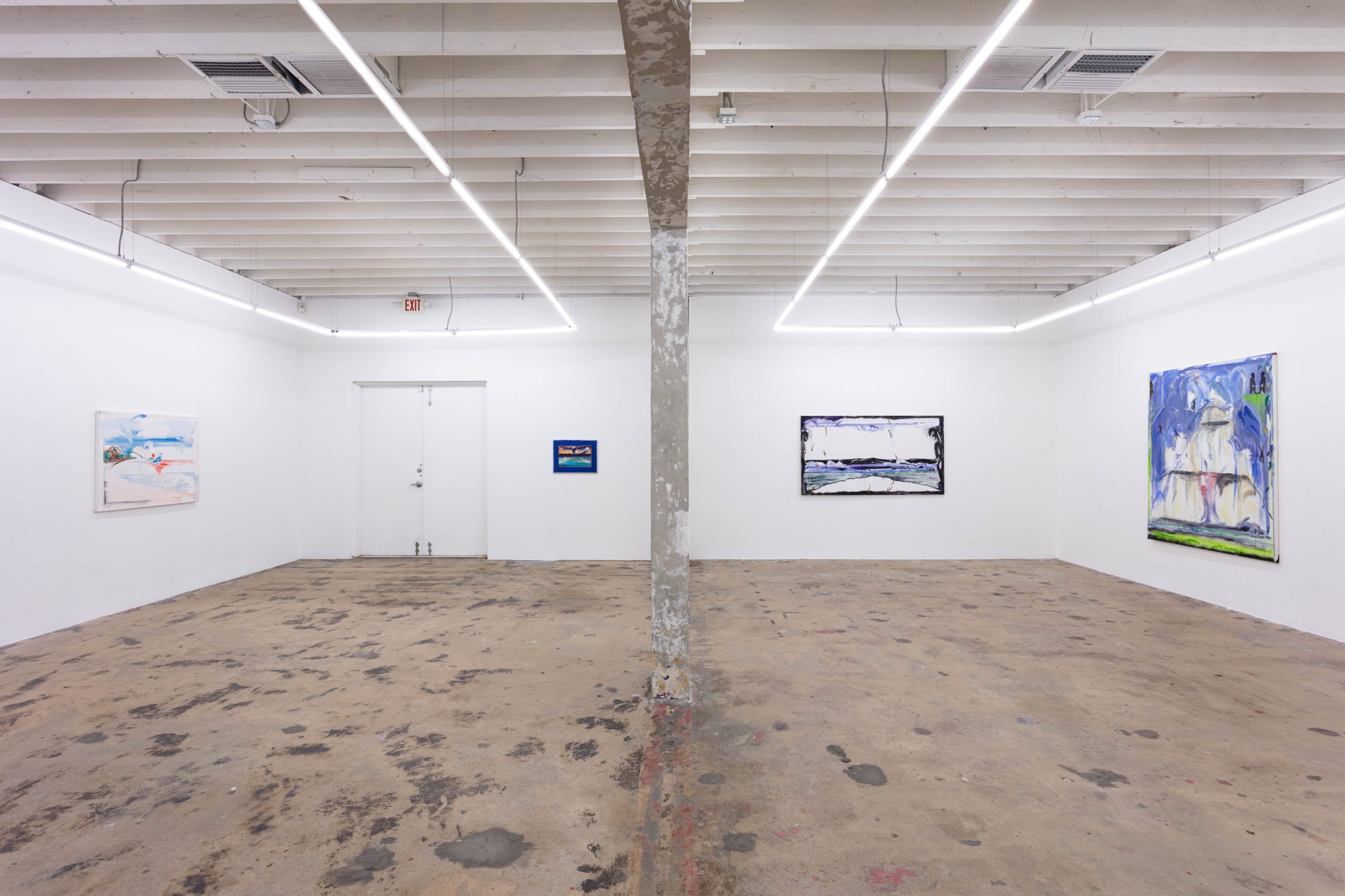
George Nelson Preston, installation view
You see, in our time spent together you allowed me to reconnect to a vivid world that I so badly wanted to be a part of–one that felt cosmic, even celestial, and at the very same time was the root of black diaspora as we know it. You recounted to me (as Glissant or Senghor had recounted to me the trans atlantic path), the journey, the voyage, the vicissitudes, the rupture of a culture.
-
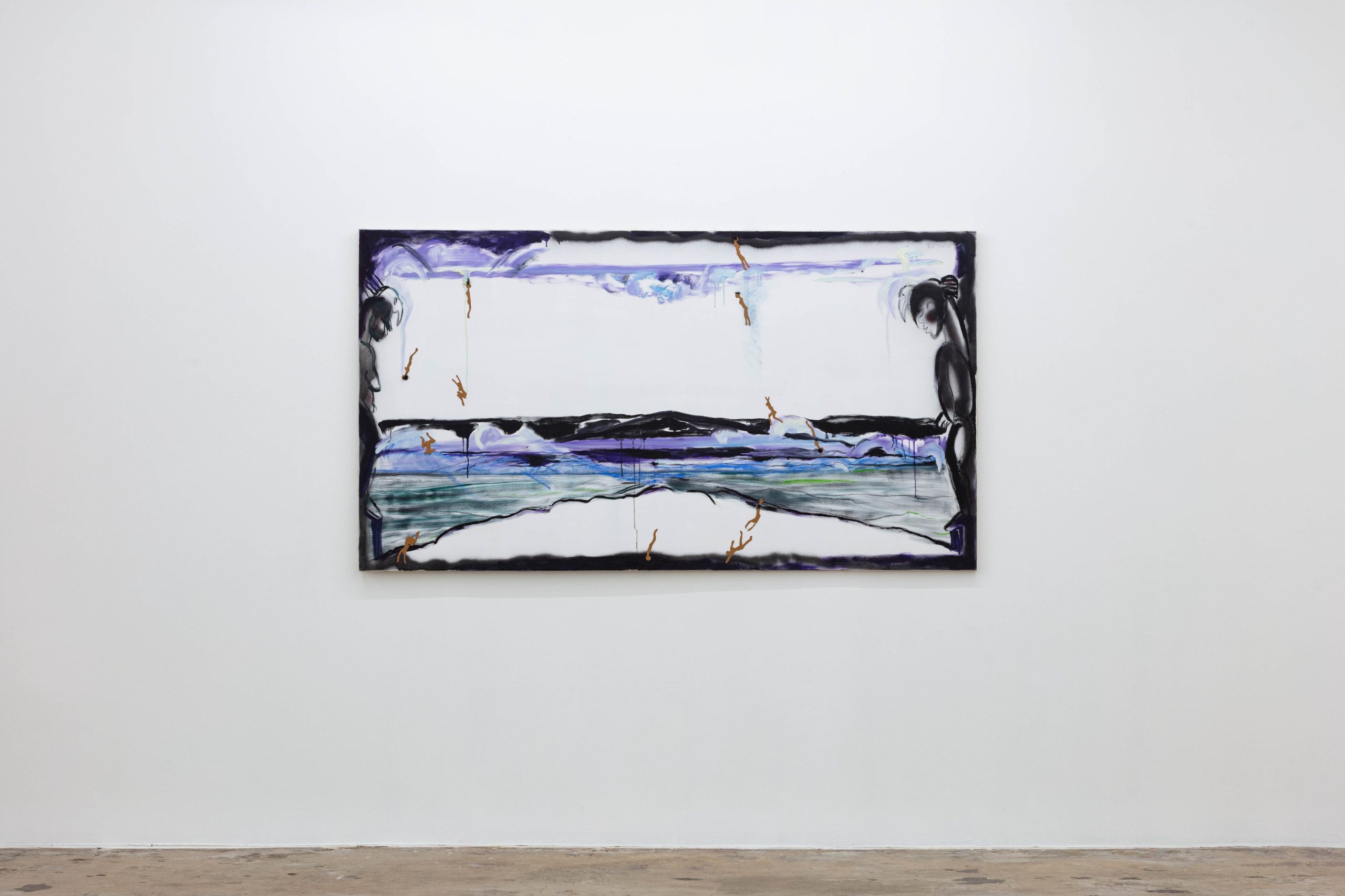
George Nelson Preston, Somewhere Between Sikasso and Martinique / Quelque parte entre Sikasso et Martinique, 2021 / 9 / IV, Oil, cork and human hair on canvas, 43 x 77.75 in
-
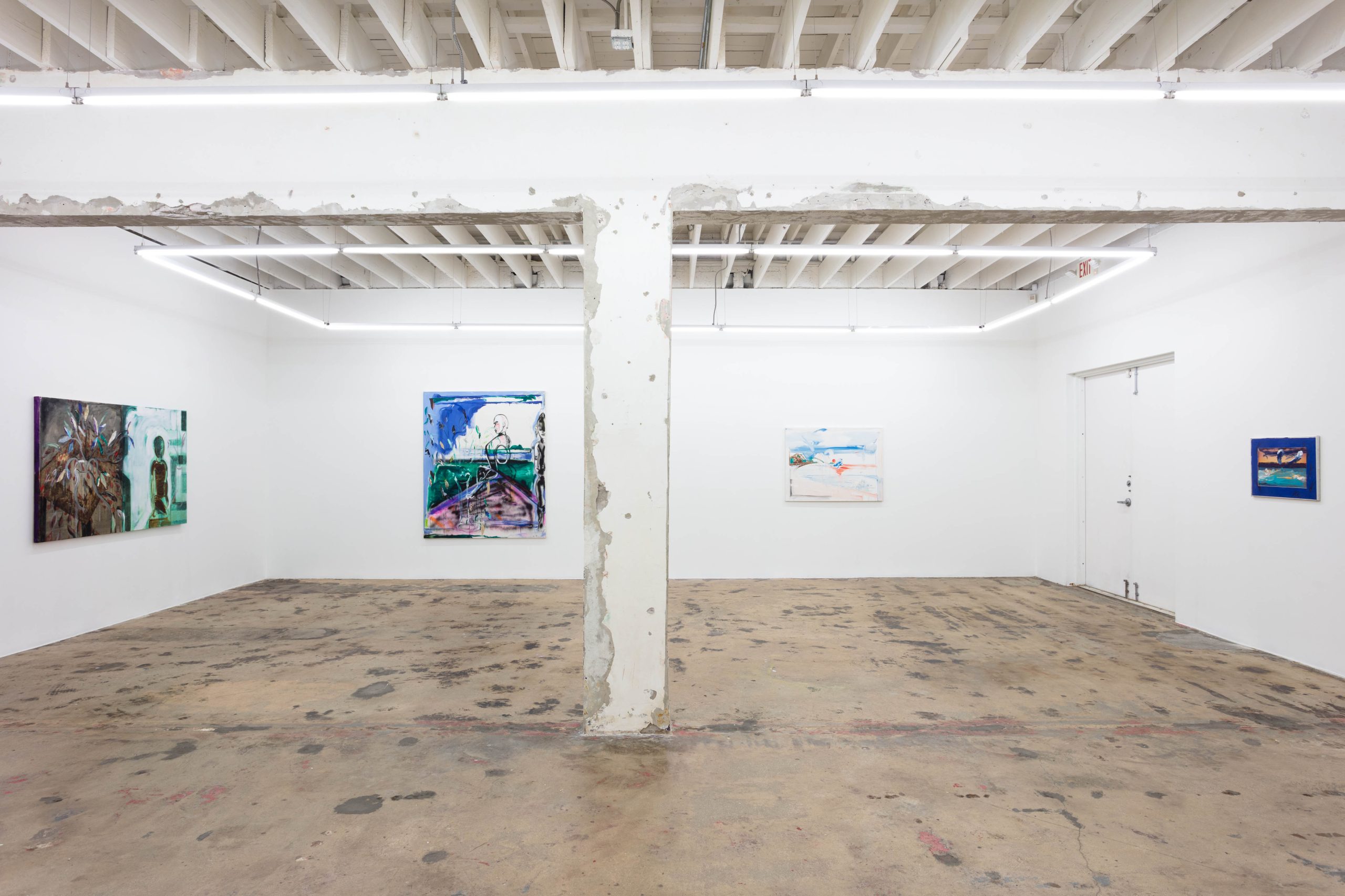
George Nelson Preston, installation view
Years later I would come to meet you again. At the beginning of January 2017, I invited you to exhibit your paintings at artist and my then partner Henry Taylor’s lofted living room. The five paintings and collages on display were gleaned from different moments in your life. The earliest was a ghostly self-portrait from 1959, of a young (ostensibly yourself) on a flight to Ghana, where you later became Chief NaNa. The latest was an abstract landscape of torn paper with acrylic, graphite, and masking tape, composed after an ayahuasca ceremony in Brazil. The show was spare, loosely and profoundly elegant. Like all of your work, it exuded tender dedication to the histories and presents of the Black Atlantic.
-
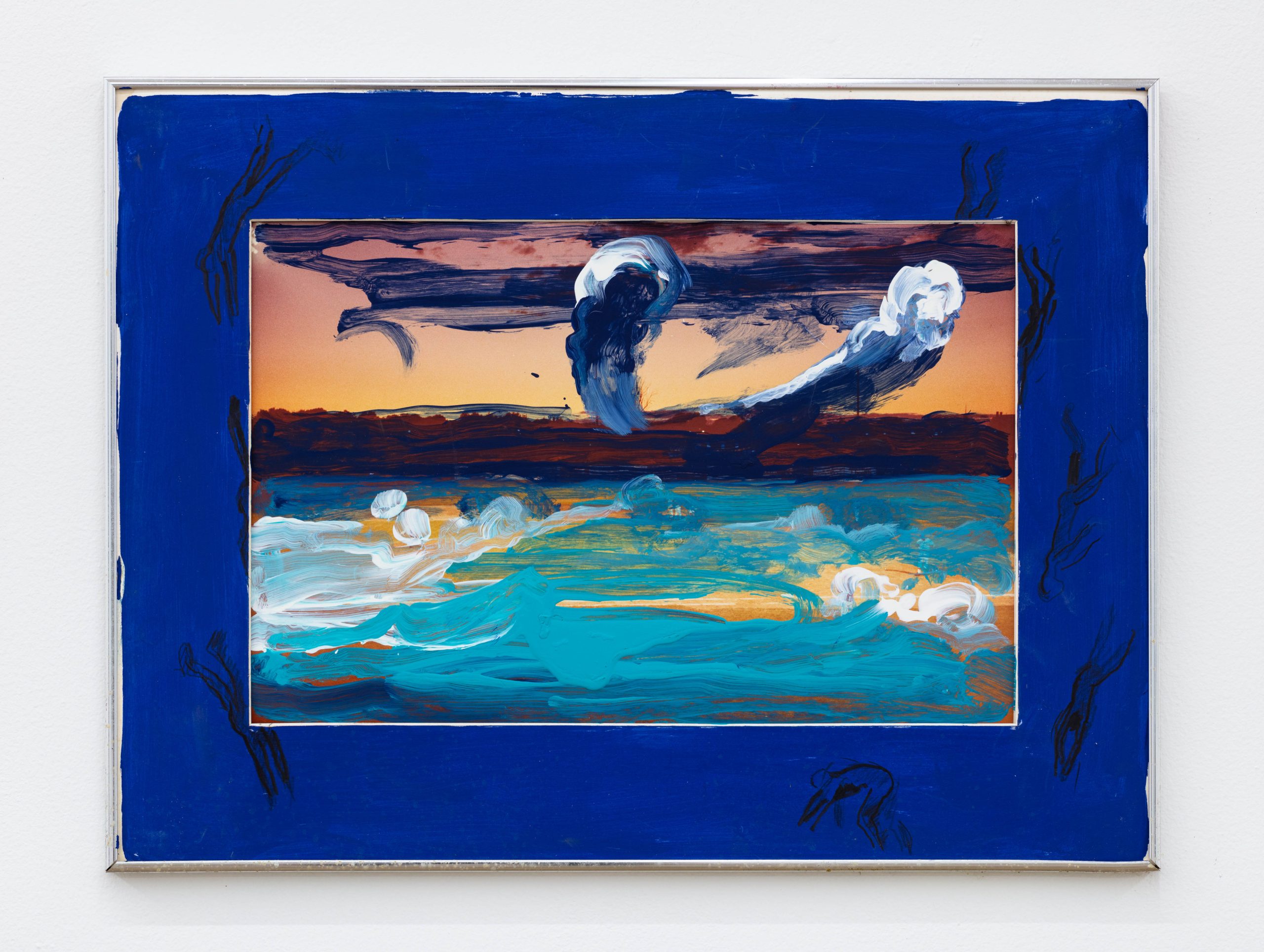
George Nelson Preston, Because of King Ghezo's Caprice We Left Ouidah at Dusk, X/2019, Acrylic and tempera on photographic paper, 18 x 24 in.
-
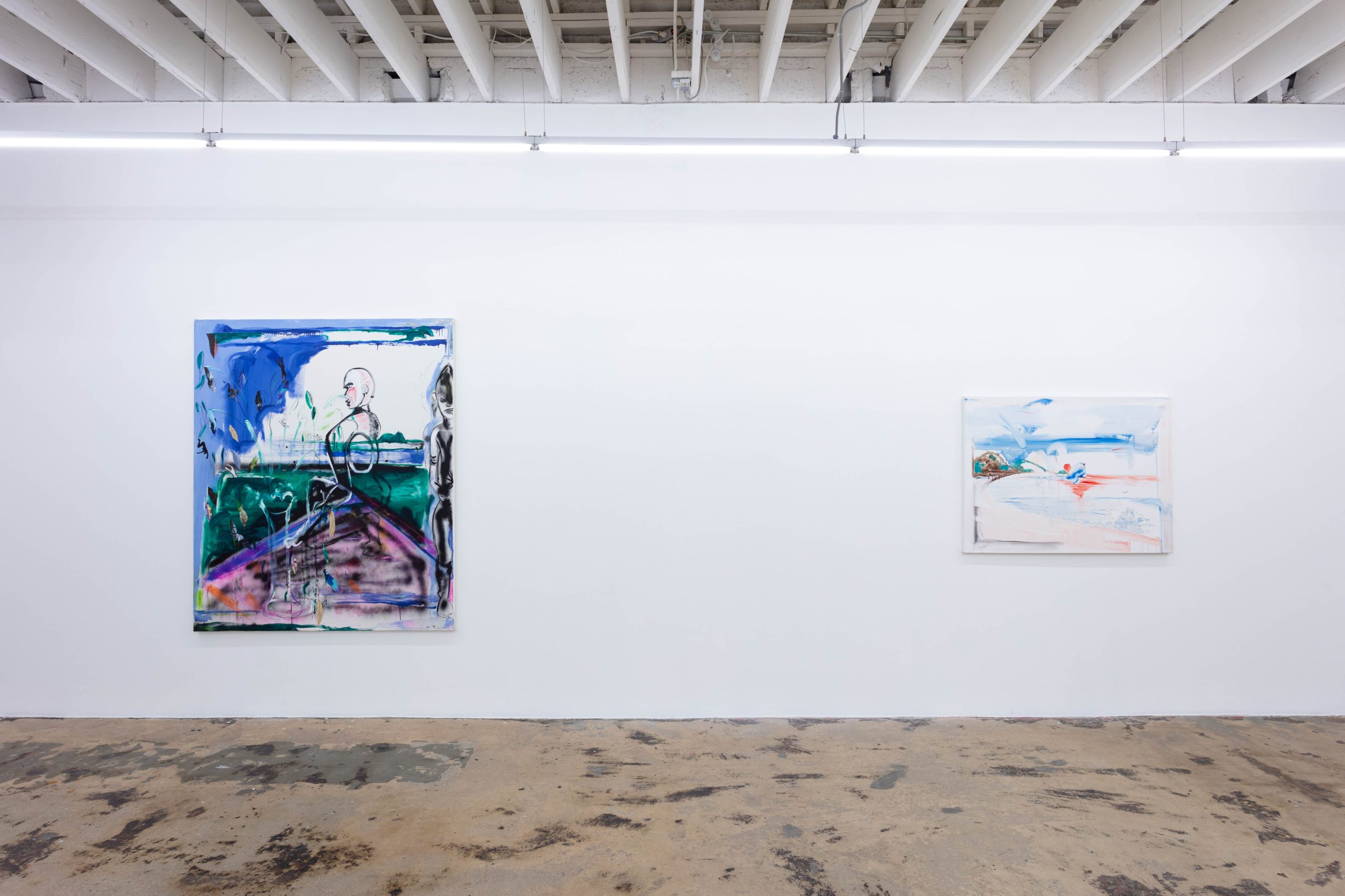
George Nelson Preston, installation view
What most impresses me is the way in which you are a prolific painter and, besides that, a gatekeeper. In many ways you have shown and taught me the art of creating a compelling image, and the notion of “borderline”. Your approach to composition surprises the viewer; the eye moves in a nearly circular fashion, as brushstrokes and mixed materials reveal themselves in lucid motifs whose effect absorb you into the paintings, as if all of a sudden time moves in an ancestral cadence.
-
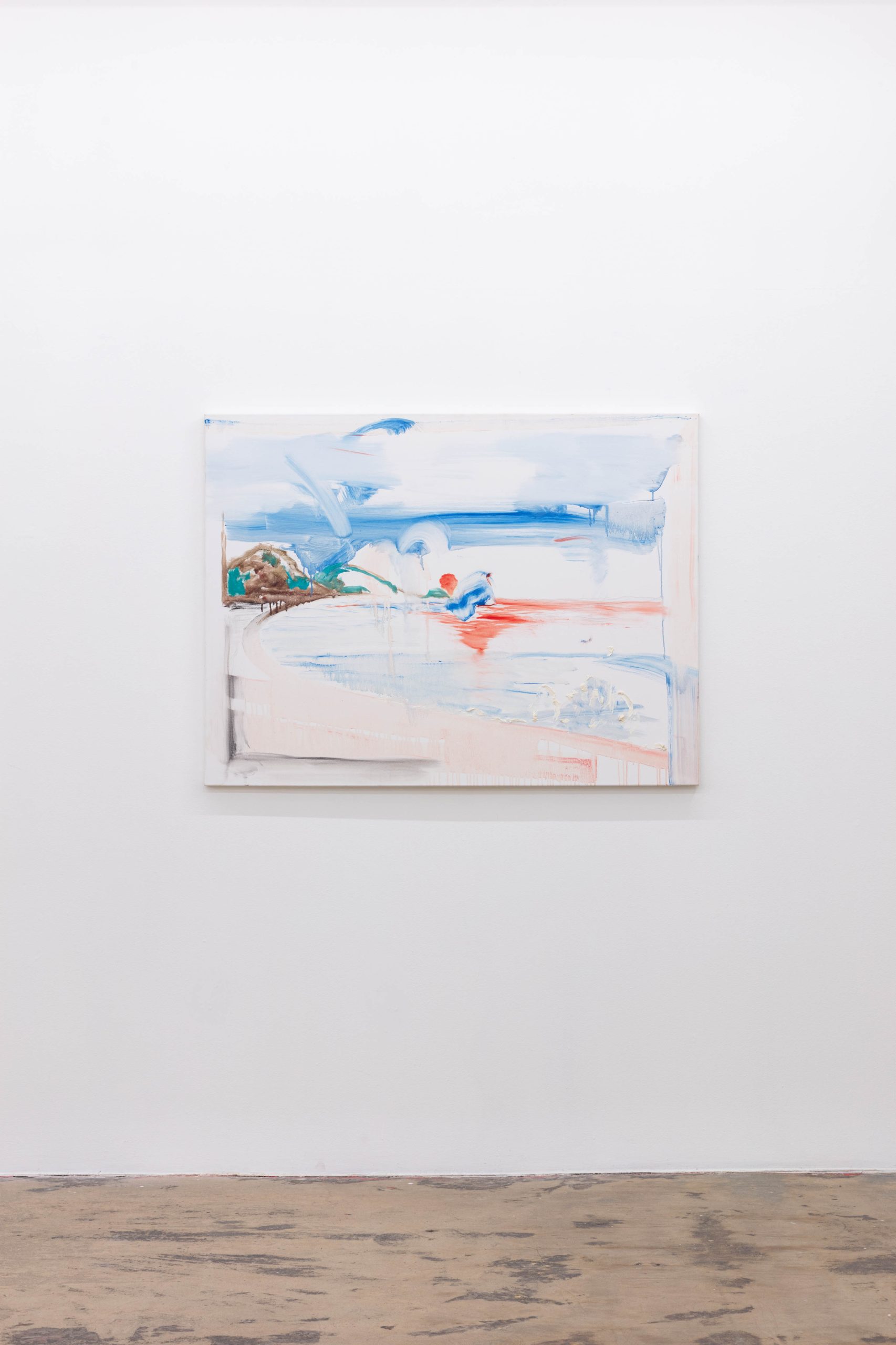
George Nelson Preston, Ayahuasca Notebook: View Towards Leme From Copacabana, I/23/2018, Oil on canvas, 36 x 48 in.
Horizons rendered in long linear brushstroke and loose depths depicted as endless ocean waves are enigmatic of our past. The absence of light suggests a distraught, forlorn memory as though recounted in dreams. Eerily engrossed ships remind us of the truest danger of the sea, whose very thought sends shivers down our spines. We are reminded of our ancestral bodies that served as cargo without preciousness to the colonizers. We are reminded of the volatility of vastness, and in those blank spaces in the landscapes of your paintings there nurses a soft fascination, as though for to reclaim some cradle, some safe space (no speaking, just listening) as you empathize with the depiction. Here, the proverbial is sequestered in languid poetry.
-
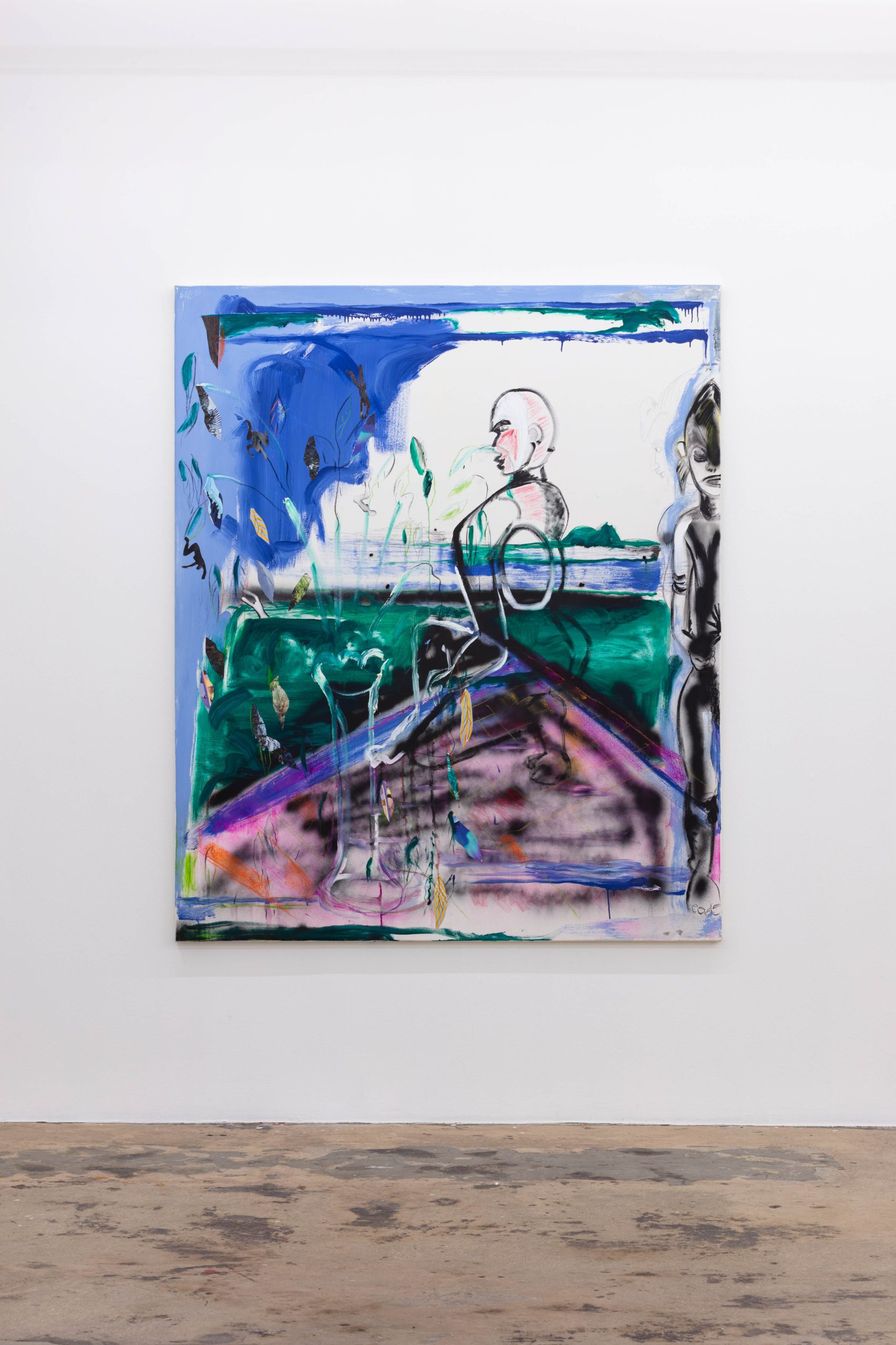
George Nelson Preston, The Nkisi on the Table Entitled Fétiche et Fleurs, 2020, Acrylic, papier coupé and chalk on canvas / Tecnica mixta, 72 x 60 in.
-
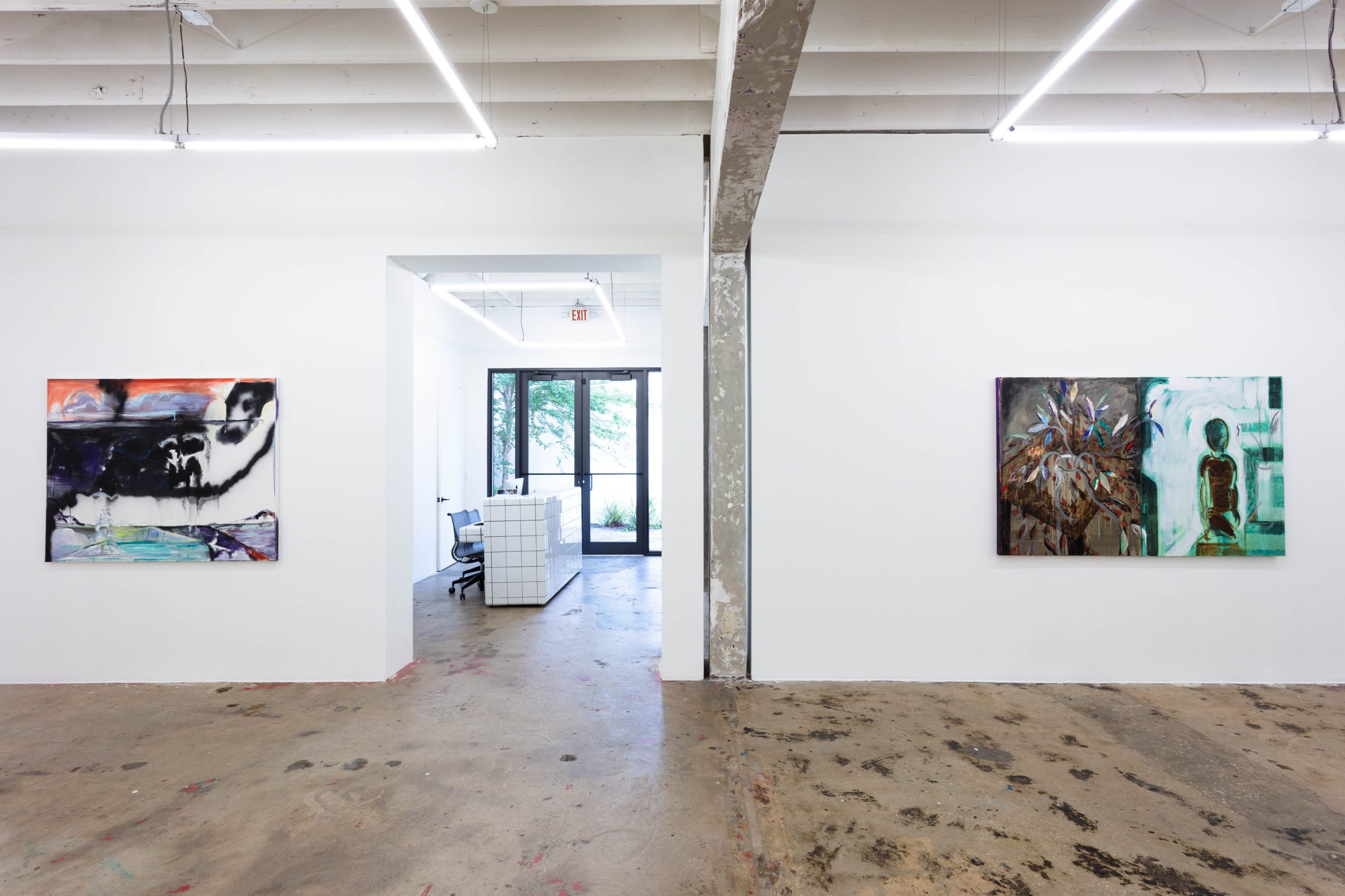
George Nelson Preston, installation view
At the end of it all, there was never a need for mundane conversations. The air between us always allowed the gestures and syntaxes with which to move past the trauma, and enter the realm of the Kalungas–the world of the ancestors–where epiphanies lay waiting in sacred conversations: no talking (only seeing, listening), and the spirituality we profess in painting as in gospel.
In sacred conversation,
yours,
Cassi Namoda
11/20/21
-
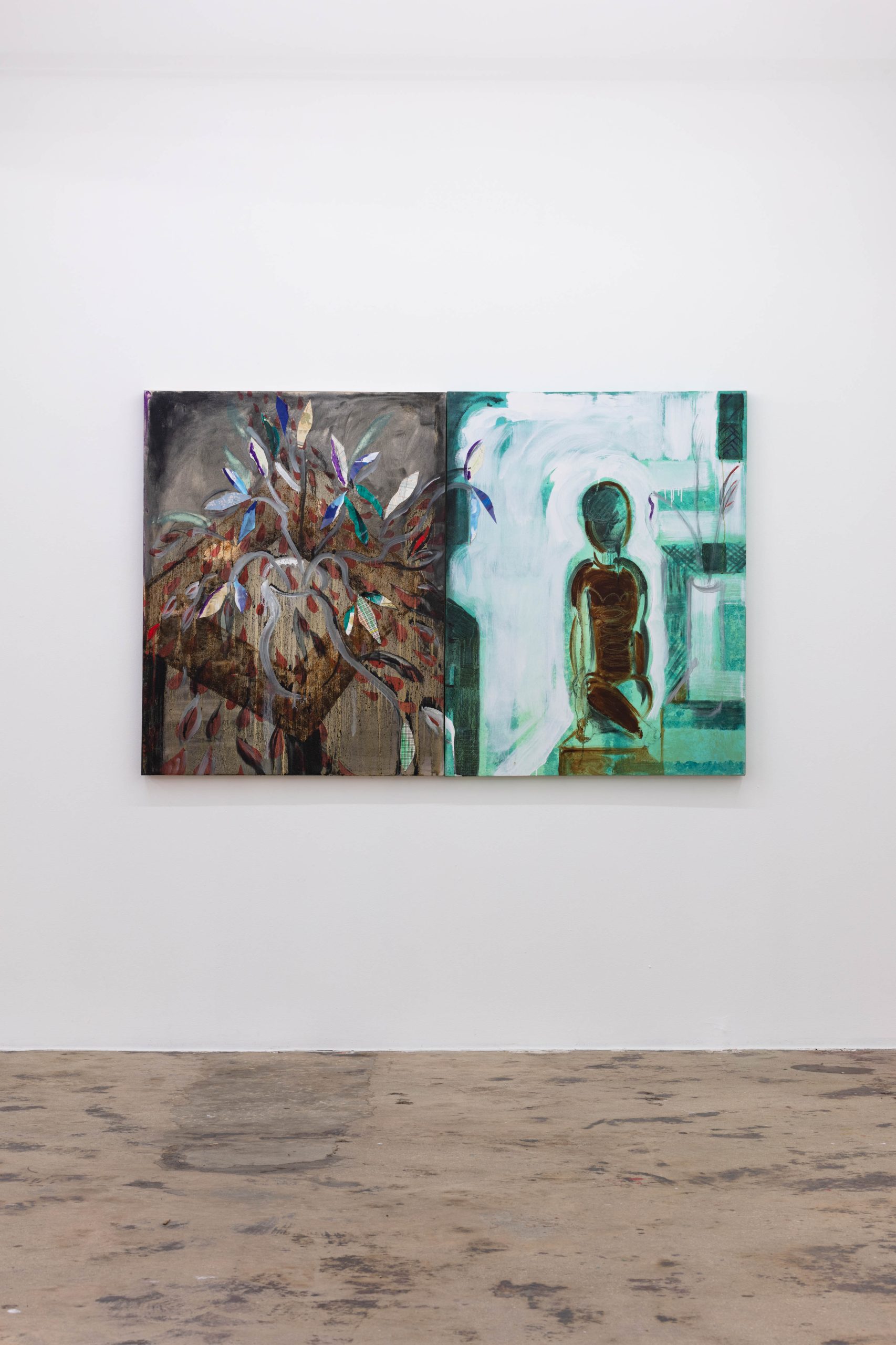
George Nelson Preston, Fetiche et Fleurs IV, 2019, Oil on canvas and cut paper, 46 x 72 in.
George Nelson Preston is an artist, acclaimed professor, prolific author, critic, and an honoured Akan chief in Ghana. Born in New York City in 1938, he grew up surrounded by art and music and in 1959 founded the Artist’s Studio at 48E 3rd Street, which became the center of Beat poetry. Shortly after, in 1960, he visited Cuba on assignment for Swank Magazine, and was introduced to Celia Cruz, Benny Moret, and interviewed Pablo Neruda. This would be the first of his many journeys across the Americas, Africa, and Europe. Later, George Nelson Preston entered the Primitive and Pre-Columbian Art Program in the Department of Art History and Archaeology at Columbia University, where he earned his Masters degree in 1968 and his PhD in 1973. During this period he curated, designed, and installed the African Hall at the Brooklyn Museum, which would remain on view through 1978. George Preston is the recipient of The Art of Alumni of CCNY 2014 Career Achievement Award, and a Former Foreign Area Fellowship recipient. In 2016, he was elected to the Pierre Verger chair of the Academia Brasileira de Belas Artes, Rio de Janeiro. He is also the founder of the Museum of Art & Origins, located on 162nd Street in New York City, which exhibits hundreds of African artworks, Preston’s own artworks, antique family photographs, and works by other contemporary artists. He lives and works in New York City.